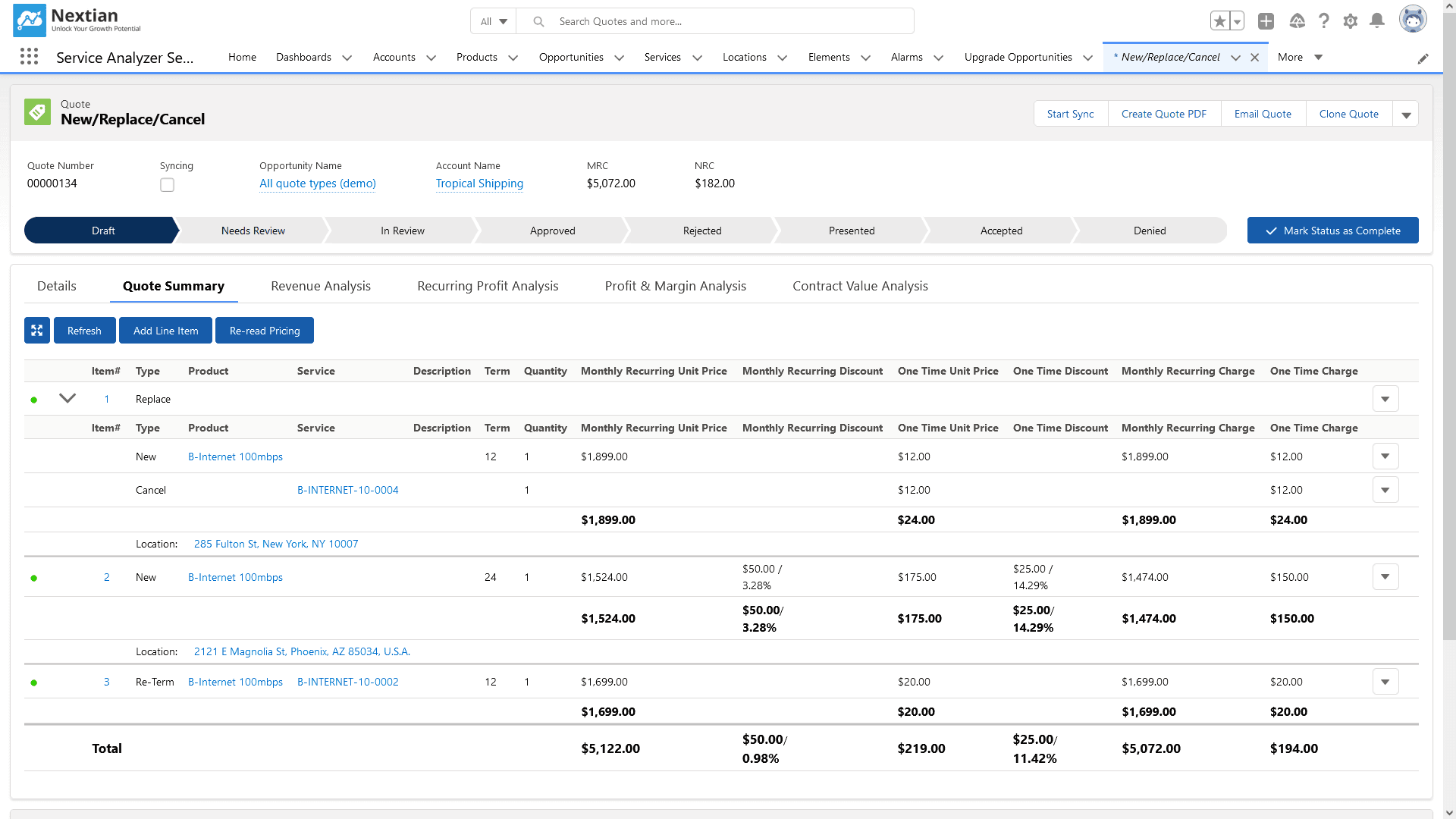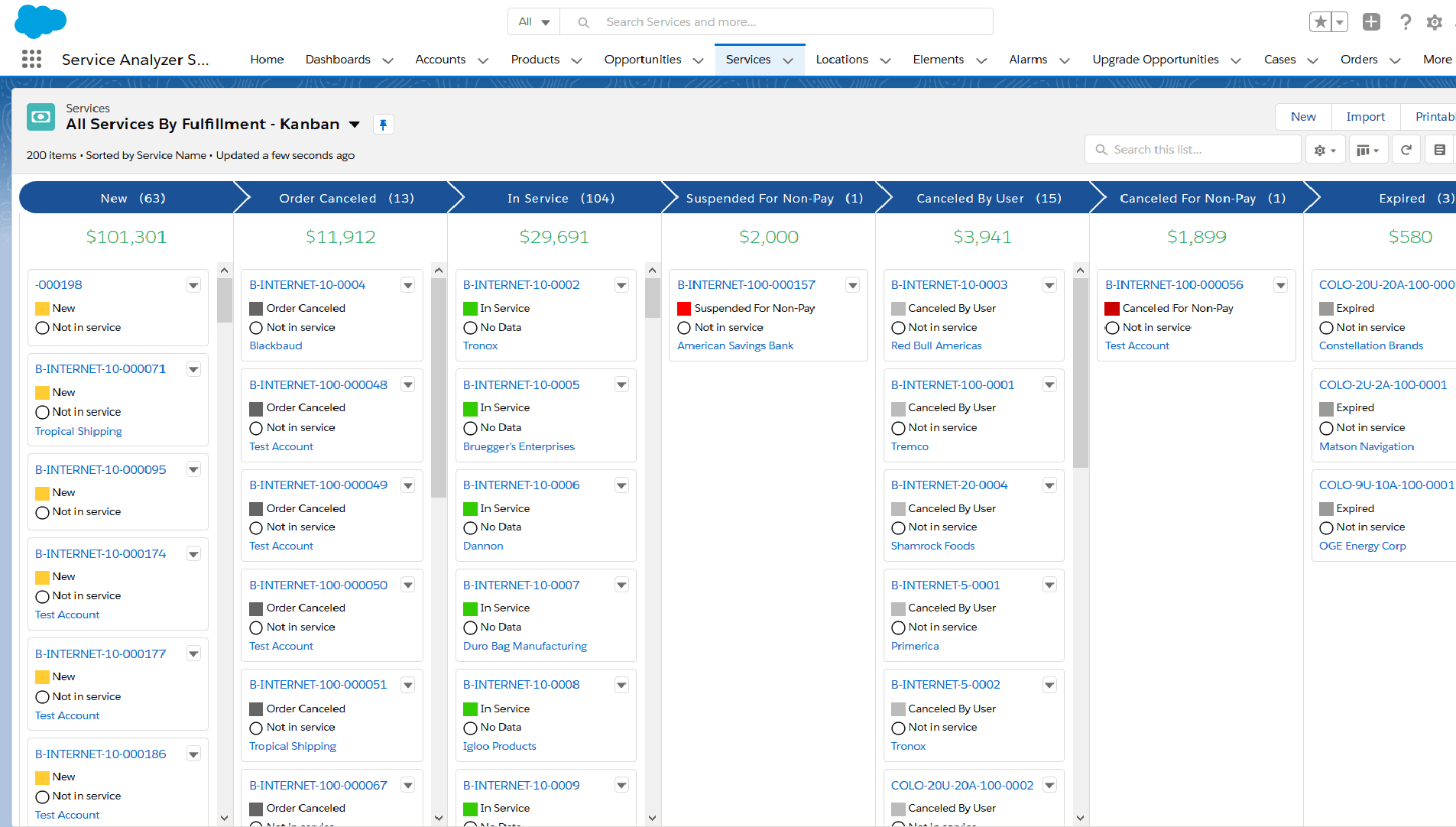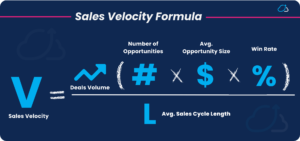CPQ and Quote-to-Cash — A Five-Minute Overview
Today’s marketplace offers a wide range of products and services designed for Quote-to-Cash (QTC or Q2C) and Configure, Price, Quote (CPQ) processes.
With so many options available — including Nextian’s own Quote-to-Cash for Cloud & Communications — potential buyers struggle to navigate this complex space.
This post aims to provide a clear, easy-to-understand, five-minute overview of the key terms, concepts, and essential building blocks of QTC and CPQ.
CPQ vs. QTC
Although often used interchangeably, CPQ and QTC represent two distinct concepts:
CPQ (Configure, Price, Quote)
CPQ stands for configure, price, quote. Its primary purpose is to streamline and automate the process of generating accurate, error-free quotes quickly and efficiently. By simplifying this task, CPQ enables sales teams to focus on selling rather than getting bogged down in the details of quote preparation (read more on Wikipedia).
While CPQ is usually associated and implemented within CRM systems, this does not have to be the case.
Quote-to-Cash (QTC)
QTC refers to a broader, end-to-end process that encompasses everything from sales and order processing to fulfillment, billing, and collections. In other words, it covers the entire lifecycle from deal initiation to the receipt of payment — of which CPQ is just one part.
QTC typically involves multiple systems beyond just CRM. For example, in the communications industry, QTC may include CRM, provisioning, billing, and financial systems (read more on Wikipedia).
While CPQ can be viewed as a tactical project aimed at improving specific aspects of the sales process, QTC is a more strategic initiative. It typically encompasses a broader perspective that involves multiple IT systems, architectural considerations, and a transformation roadmap.
|
Business first, systems second When approaching QTC, it’s essential to prioritize the business perspective:
Only after these questions are fully answered should IT systems and architecture be considered. Technology selection comes second, as it must align with the defined business goals. For more insights, see this post on building a model for prioritizing QTC optimization. |
CPQ — Key Functions Overview
CPQ serves as the front-end of the QTC process, enabling sales representatives to:
- Configure: Select customer-facing product offering for the quote (products, services, options, terms, etc.).
- Price: Select price books, retrieve list pricing, choose quantities, apply markups and discounts.
- Quote: Request approvals, generate quote document and obtain customer signature.
While all of these seem straightforward, the following must be considered:
- Product Catalog Cleanup. Although CPQ implementations are typically focused on sales reps as end-users, much of the workload falls on product management teams. This includes cleaning up product catalogs, consolidating Excel spreadsheets, removing obsolete products, and reviewing SKUs. These tasks represent a significant portion of any CPQ project.
- Considering Additional Quoting Parameters (a.k.a. Dimensions). Most CPQ solutions handle basic product quoting well. The complexity arises when additional dimensions are introduced, such as subscription terms, renewal types, SLA commitments, or others.
- Managing Subscriptions and Their Lifecycle. Handling subscription-based products involves additional challenges, such as re-terms, re-rating, replacements, or upgrades. While these could be treated as additional quoting dimensions, they also require access to current subscription information, which may not be available in the CRM.

QTC — Adding More Systems
Once quoting is in place, the next components of the Quote-to-Cash (QTC) process come into play:
- Contract Management — supervise customer contract life cycle for master (general T&Cs) and individual service (start of service, term, renewal) agreements.
- Order Management, Fulfillment & Delivery — convert an ordered quote into a subscription service or product delivery.
- Customer Support — ensure customer support for products (e.g., warranty for a widget depending on a date of sale) and subscriptions (availability and SLA levels).
- Billing & Invoicing — collect usage information and produce invoices.
- Payment Processing — ensure that customers can pay for product and services both traditionally (mailed check) and on-line (credit card, ACH, wire transfer, etc.).
- Self-Care Portals — enable customer self-service for managing their services and accounts.
These core systems are typically supported by additional ‘operational’ systems, such as reporting tools, data warehouses, or industry-specific platforms (e.g., network and infrastructure monitoring).
It’s easy to see how this process can become complex. In fact, designing a comprehensive QTC architecture is often a challenging and intricate undertaking.

Key Elements of QTC
The complexity of QTC can be quite overwhelming. However, regardless of the systems in place, QTC can be broken down into core elements that serve as its building blocks.
Product & Pricing
| Element | Description |
|---|---|
| Price Book | Price books typically correspond to particular markets such as Wholesale or Retail and define available products and their pricing for those markets. |
| Product | Offered products (e.g., a ’16GB Virtual Machine’, ‘Internet Access’) along with their key attributes (e.g., a widget, a subscription, a part that goes with other products, product family, etc.), usually without pricing information. |
| Price Book Entry (PBE) | Determines product pricing within a price book and additional quoting parameters (a.k.a. quoting dimensions), such as term, associated SLA levels, etc. |
The relationship between price books, products and price book entries can be visualized as follows:
Quoting and Opportunity Management
| Element | Description |
|---|---|
| Opportunity | Opportunity is one of the key CRM objects — it identifies a customer request for products or services, sales numbers and win probabilities. Opportunities go through various sales stages and once the opportunity has been Closed Won, an order is created. Typically, an opportunity would allow for price book selection, and the underlying quotes would always use that price book. |
| Quote | A quote designates a formal offer for products or services with prices, quantities and discounts — a quote document is presented and accepted by customer. A single opportunity may have multiple quotes (e.g., 12, 24 and 36 month term). |
| Syncing Quote | A syncing quote is single quote within an opportunity that is included in the sales funnel forecast (the most likely quote to win). |
| Winning Quote | A quote that was eventually signed by the customer. |
| Quote Line Item | Quotes consist of multiple line items, which are usually related to price book entries. |
The relationship between opportunities, quotes, quote line items and price books can be visualized as follows:
Order Management
| Element | Description |
|---|---|
| Order | Orders are the main vehicle for product and service delivery:
|
| Order Line Item | Just like a quote, an order consists of one or more order line items. Typically line items relate 1:1 between order and quote. |
| Work Order | Work orders are made of tasks (either user-executed or automated) along with their dependencies determining a sequence of actions for delivery. Typically, each line item on an order would have a corresponding work order. |
| Subscription Service | Customer subscriptions created in the process of order delivery. |
Therefore, the entire QTC process — from quote to order and from order to service — can be visualized as follows:
Next Step: Integrating Billing
Up to the point of quote-to-subscription or contract, the steps in the QTC process are relatively standard across various systems and CRM/CPQ vendors. However, complexity arises when billing is introduced, as billing typically operates as a separate system.
This separation raises a few important questions:
- Where does the product catalog reside?
- How is synchronization managed between CRM/quoting and billing?
- At what stage does the handoff from CRM to billing occur in the service delivery process?
CRM/Billing Separation With CRMs providing more functionality than traditional sales tracking (CPQ, orders, support, etc.), the question is how to draw a line between CRM and billing. The following approach is recommended by Nextian:
|
Conclusions
Today’s marketplace offers a wide array of Quote-to-Cash (QTC or Q2C) and Configure, Price, Quote (CPQ) solutions, and with vendors often using these terms interchangeably, it’s easy to confuse the two.
While CPQ focuses primarily on streamlining and automating the quote generation process, QTC encompasses a much broader spectrum, spanning multiple systems and requiring extensive automation.
Implementing a CPQ solution is relatively straightforward on its own, but the real challenge arises when it’s integrated into a larger, strategic QTC framework — requiring careful consideration of data mapping, system integrations, and process flows across various IT platforms.
Nextian has extensive experience in helping businesses optimize their Quote-to-Cash processes from both business and IT perspectives, as well as implementing CPQ solutions.
Contact us today to find out how we can help you!






